1. Monogrammed Luggage
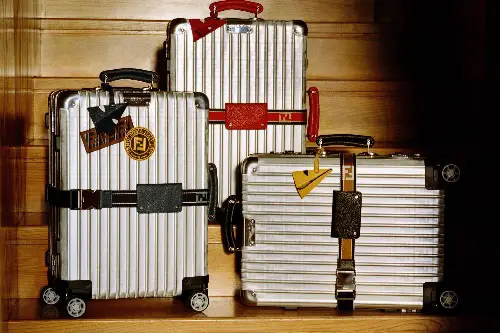
Rolling into the airport with a Louis Vuitton monogrammed suitcase looks flashy, but it tells us nothing about your travel style. These designs have looked nearly identical for decades, which means yours is just one of thousands in circulation. The bag doesn’t say where you’ve been, what kind of traveler you are, or why you’re traveling. It just announces the brand.
Monogram luggage is designed for brand visibility, not personal storytelling. Even if it cost several months’ rent, it’s still mass-produced in that exact pattern. A sticker-covered thrifted carry-on says more about a traveler than a monogrammed luxury case ever could. Without your own marks on it, it’s a blank narrative.
2. Designer Logo Tees
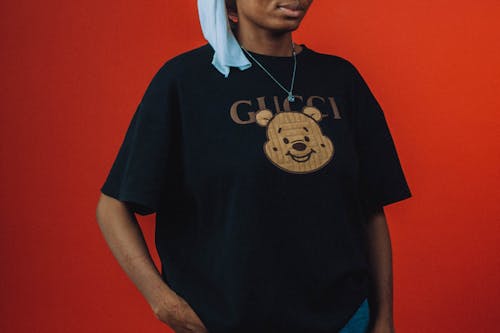
A T-shirt with a luxury brand’s logo stretched across the chest seems like it should scream personality, but mostly it just says you bought it. Fashion houses like Gucci and Balenciaga churn out these basics because they know brand recognition does the work for them. The actual design is often indistinguishable from a $10 shirt except for the label. People notice the logo, not the person wearing it.
When you rely on a logo, you’re borrowing the brand’s identity rather than showing your own. The statement becomes, “I spent money,” instead of, “I have style.” Even luxury fashion editors have noted that logo-centric pieces rise and fall purely with trends, not personal expression. Once the logo wave dies, the shirt stops “saying” anything at all.
3. Slogan Tote Bags from Conferences

Those canvas totes from trade shows or literary festivals are practical, but they rarely communicate who you are. Most of the time, they display the event name, a sponsor, or an inspirational cliché that hundreds of other attendees also carried home. The design is utilitarian because its purpose was mass distribution, not personal style. It’s less of a conversation starter and more of a grocery bag with a side hustle.
Carrying one says almost nothing about your taste, except maybe that you like free stuff. Even if you loved the event, the tote doesn’t communicate your specific experience there. Without that context, strangers just see generic words and logos. You might as well carry a plain bag—it would say the same thing.
4. Limited-Edition Sneakers You Never Wear
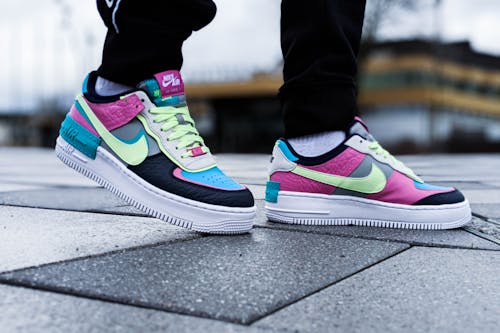
Collectible sneakers from brands like Nike or Adidas can sell for hundreds or thousands of dollars, especially limited runs. Some owners keep them in pristine condition, displaying them in boxes or wearing them only once. The shoes become more like investment pieces than style statements. This means they say more about market value than individuality.
When a pair is instantly recognizable to hypebeasts but not to anyone else, the statement gets lost. They don’t reveal your taste—only that you can access or afford a sought-after product. And if you never wear them, they’re not really part of your public identity anyway. They’re just objects sitting in climate-controlled silence.
5. “It-Bag” Handbags
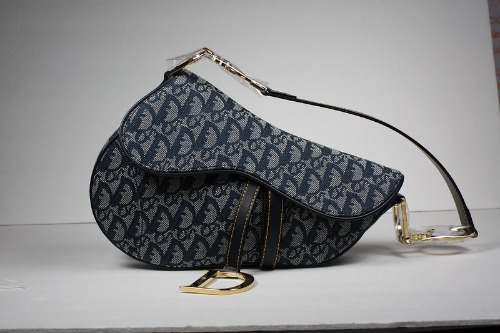
When fashion magazines crown a purse “the It-bag,” it often sells out in weeks. Think of the Fendi Baguette or Dior Saddle Bag—iconic for a season, then replicated endlessly. Owning one says you’re following fashion news, but that’s about it. The design’s story belongs to the brand’s marketing, not you.
An “It-bag” is more about trend participation than personal expression. It can be beautiful, sure, but thousands of people have the exact same one. That makes it hard to claim it says something unique about you. In a few years, it’s just another once-hyped accessory in the closet.
6. Concert Tees from Bands You Don’t Listen To
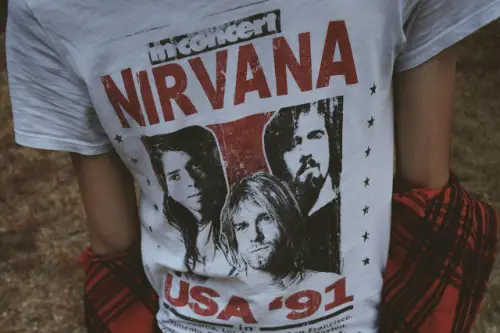
Vintage band T-shirts have been a staple in streetwear for years, even among people who’ve never heard the music. Retailers like Urban Outfitters sell pre-distressed Metallica or Nirvana shirts to meet demand. Wearing one might make someone think you’re a fan, but if you aren’t, the statement falls flat. It’s just a style prop.
The band’s history and message aren’t yours unless you genuinely connect with them. Without that connection, the shirt’s “statement” is borrowed nostalgia. Music fans can spot the difference quickly, often asking about albums or songs. When you can’t answer, the illusion collapses.
7. Instagram-Famous Home Decor Prints
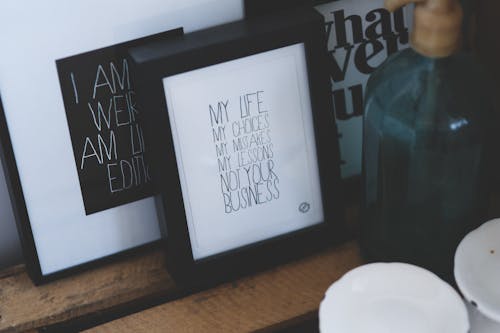
Certain framed prints—like “But First, Coffee” or minimalist maps of major cities—show up in countless influencer home tours. They’re easy to order online and instantly recognizable to anyone scrolling Pinterest. These pieces say you follow design trends, but they don’t reveal your actual taste or memories. Your living room ends up looking like a set, not a home.
Mass-produced art exists to blend in, not to say something personal. The print’s “statement” is so generic that it could hang in a coffee shop, hotel, or office lobby without feeling out of place. It’s aesthetic filler. Without a personal story behind it, the print says almost nothing about you.
8. Branded Stadium Cups
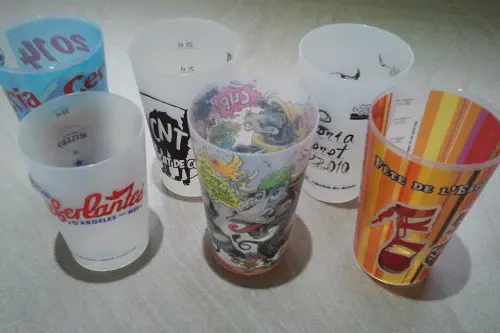
Those reusable plastic cups from sports arenas, concerts, or festivals often get kept for years. They might feature a team logo or event artwork, but they’re designed to promote the event, not the cup owner. Anyone who’s been to a similar event could have one. As decor, they’re essentially just souvenir clutter.
Owning one doesn’t tell people how you felt about the event, or even if you attended—many are given away in bulk. The cup’s design centers on marketing the team or sponsor, not your experience. Unless you actively use it during game day with friends, it’s just taking up cabinet space.
9. Pop Culture Collab Merch You Bought for the Hype
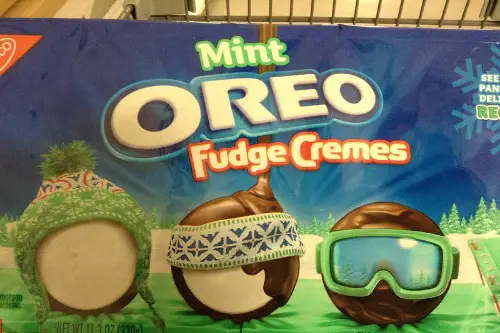
Brands frequently collaborate with movies, TV shows, or celebrities to create limited runs of themed products. Supreme has done it with everything from Oreo cookies to Hanes underwear. The hype comes from scarcity, not the product’s inherent design. Once the moment passes, the collab often looks dated.
If you bought it just because it was trending, it doesn’t say much beyond that fact. There’s no personal connection to the item’s theme unless you genuinely loved the source material. Without that, the “statement” is just brand plus brand equals buzz. And buzz fades fast.
10. Limited-Run Coffee Table Books You Never Open

Oversized art books from brands like Taschen can cost hundreds of dollars and look impressive on display. But if they stay shrink-wrapped or dust-covered, they don’t say you love art—they say you like the idea of loving art. Guests might notice them, but they’re more likely to see them as set dressing. In effect, they’re more furniture than literature.
Coffee table books are meant to invite conversation and engagement. When they’re untouched, they tell people nothing about your actual interests. You might as well be displaying a block of wood for the same communicative value. At least the wood would be easier to dust.
11. Scented Candles from Trendy Brands
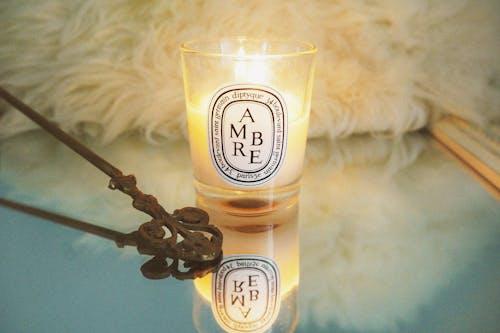
High-end candles from brands like Diptyque or Le Labo come with signature packaging and often a hefty price tag. They look stylish in photos, especially on minimalist shelves or beside bath setups. But unless someone is close enough to smell them lit, they don’t communicate much. The label does most of the talking.
Candles are about atmosphere, not autobiography. Without scent memory attached, they’re just decorative cylinders. Their “statement” is more about disposable income than personality. And once burned, the jar is just another container waiting to be repurposed.
12. Souvenir Apparel from Places You’ve Never Been
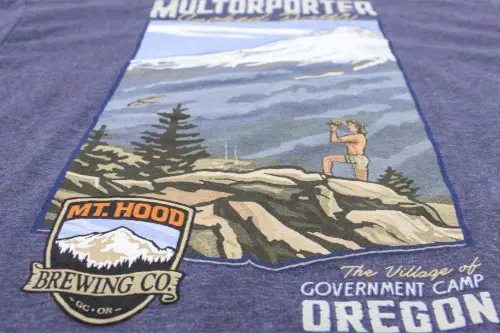
It’s easy to find T-shirts, hoodies, or hats with place names from thrift stores or fast fashion shops. A sweatshirt that says “Yosemite” doesn’t guarantee you’ve hiked there—it might have come from a clearance rack. Wearing one might imply a story, but if it’s not yours, the meaning evaporates. It’s costume travel.
Real souvenirs carry memories; fake ones carry marketing. Without the connection, the statement is borrowed geography. It can even backfire when someone asks about your trip and you have no story to share. At that point, the garment becomes awkwardly silent.
13. “Designer” Phone Cases
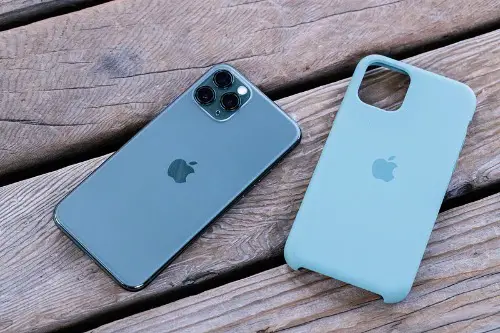
Cases with obvious branding—whether it’s Coach, Kate Spade, or even luxury-adjacent knockoffs—often serve more as portable billboards than personal statements. The design is mass-produced and instantly recognizable to anyone who shops at the same store. It’s fashion applied to an object you replace every few years. The brand’s style overshadows your own.
Your phone case is something you touch daily, so it could be a real extension of your personality. But when the design’s main purpose is to show the logo, it’s not revealing much about you. It’s simply echoing the brand’s image. In the end, it says “sold here” more than “this is me.”
This post 13 “Statement Pieces” That Say Nothing About You was first published on Greenhouse Black.
